It used to be that iPhones came with major changes every two years. Whether it was iPhone 4, iPhone 5 or iPhone 6, Apple has always presented us with a significantly redesigned design. However, starting in 2013, the cycle began to slow down, lengthening to three years, and Apple switched to a new strategy to offer innovative technologies in its phones. This year, with the arrival of the iPhone 11, that three-year cycle has already closed for the second time, which logically implies that next year we will see big changes in the iPhone product line.
Apple sticks to certainties, does not take risks, and therefore it is relatively easy to determine approximately what changes the upcoming models will come with. At the beginning of the three-year cycle, an iPhone with a completely new design and a larger display is always presented (iPhone 6, iPhone X). A year later, Apple makes only minor modifications, fixes all the shortcomings and eventually expands the range of color variants (iPhone 6s, iPhone XS). At the end of the cycle, we are expecting a fundamental improvement of the camera (iPhone 7 Plus – the first dual camera, iPhone 11 Pro – the first triple camera).
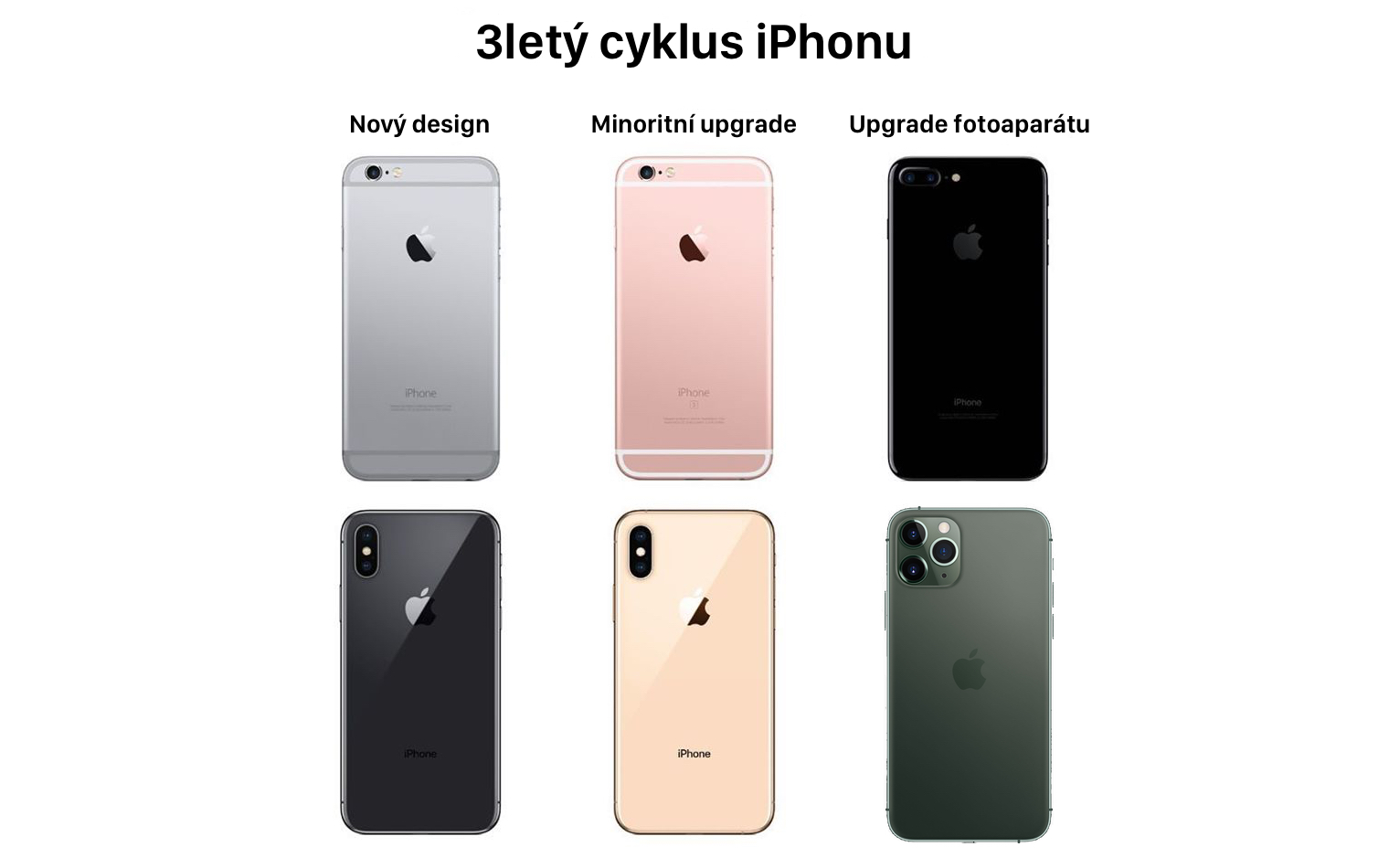
So the upcoming iPhone will start another three-year cycle, and it's more or less clear that we're in for a completely new design again. After all, this fact is also confirmed by leading analysts and journalists who have sources either directly at Apple or at its suppliers. A few more concrete details have surfaced this week, and it looks like next year's iPhones could be really interesting, and Apple may be heeding the wishes of a number of users who are calling for a major change.
Sharp features and an even bigger display
According to the most famous Apple analyst Ming-Chi Kuo, it should the design of the upcoming iPhone is partly based on the iPhone 4. In Cupertino, they should move away from the rounded sides of the phone and switch to flat frames with sharp edges. However, the display should remain slightly rounded on the sides (2D to 2,5D) to make it easier to control. From my purely subjective point of view, I find it logical that Apple will bet on the already proven and the new iPhone will be based on the current iPad Pro. However, the materials used will probably be different – stainless steel and glass instead of aluminum.
Display sizes are also to change. In essence, this happens at the beginning of each three-year cycle. Next year we will again have three models. While the basic model will retain a 6,1-inch display, the screen diagonal of the theoretical iPhone 12 Pro should be reduced to 5,4 inches (from the current 5,8 inches), and the display of the iPhone 12 Pro Max, on the other hand, should increase to 6,7 inches (from the current 6,5 inches).
What about notch?
A question mark hangs over the iconic and at the same time controversial cutout. According to the latest information from a known leaker Ben Geskin Apple is testing a prototype of the upcoming iPhone completely without a notch, where the constellation of sensors for Face ID is reduced and hidden in the frame of the phone itself. Although many would certainly like such an iPhone, it would also have its negative side. The aforementioned could theoretically indicate that the frames around the display will be slightly wider, similar to what is currently on the iPhone XR and iPhone 11 or on the already mentioned iPad Pro. It seems more likely that Apple will significantly reduce the cutout, which is also indicated by the fact that one of Apple's suppliers - the Austrian company AMS - recently came up with a technology that allows it to hide the light and proximity sensor under the OLED display.
Of course, there are more innovations that the iPhone could offer next year. Apple is reportedly continuing to develop a new generation of Touch ID, which he wants to implement in the display. However, the fingerprint sensor would stand alongside Face ID in the phone, and the user would therefore have the choice of how to unlock their iPhone in a given situation. But whether Apple will manage to develop the mentioned technology in a fully functional form next year is currently unclear.
It could be interest you

Either way, ultimately, it's still too early to guess what exactly next year's iPhone will look like and what specific technologies it will offer. Although we already have a general idea, we will have to wait at least a few more months for more specific information. After all, the iPhone 11 only went on sale a week ago, and although Apple already knows what its successor will be, some aspects are still shrouded in mystery.
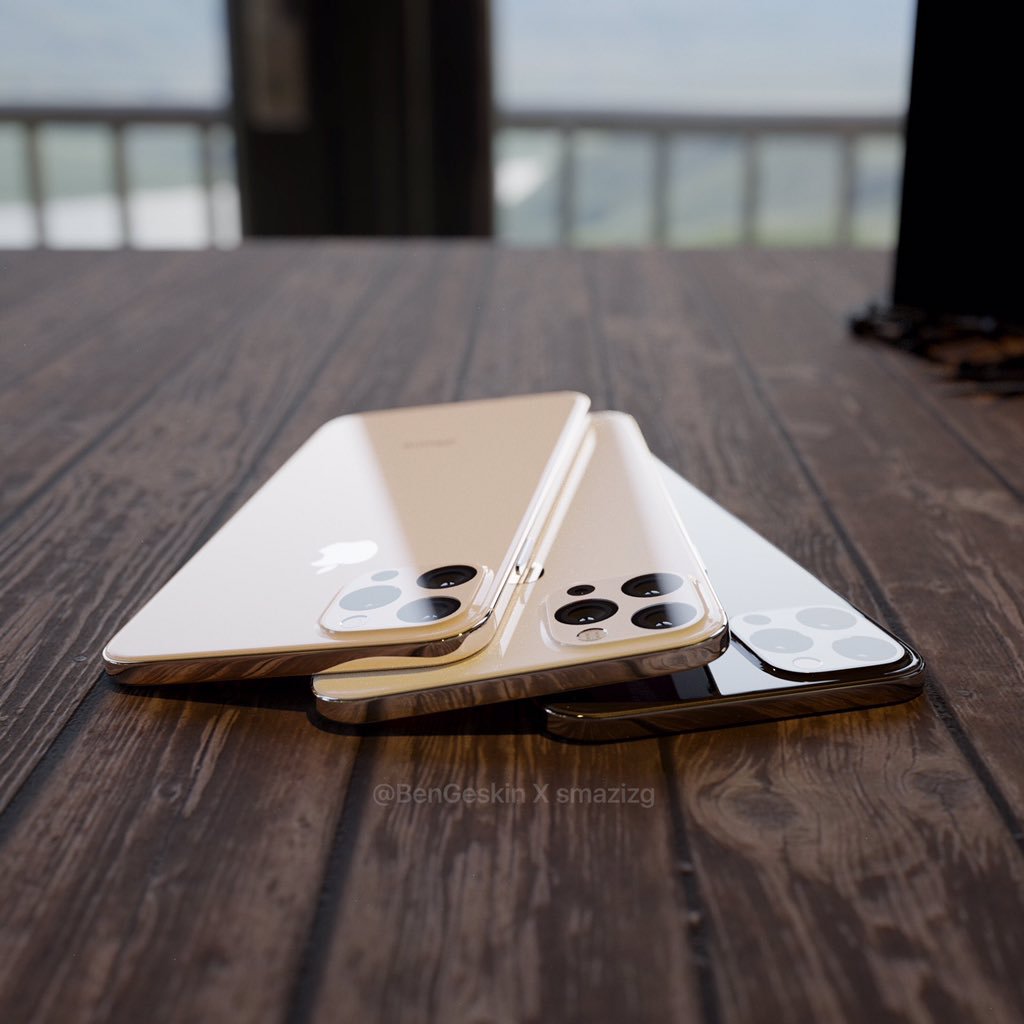


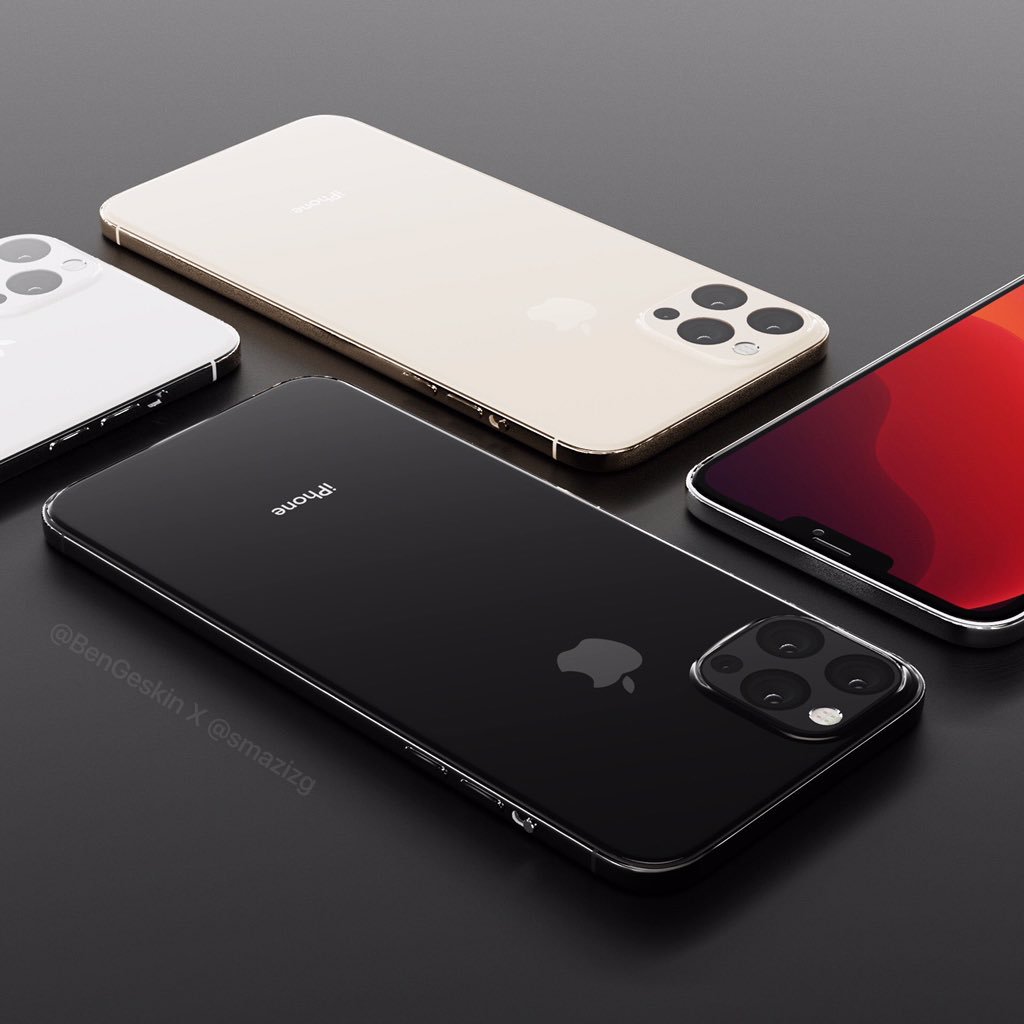
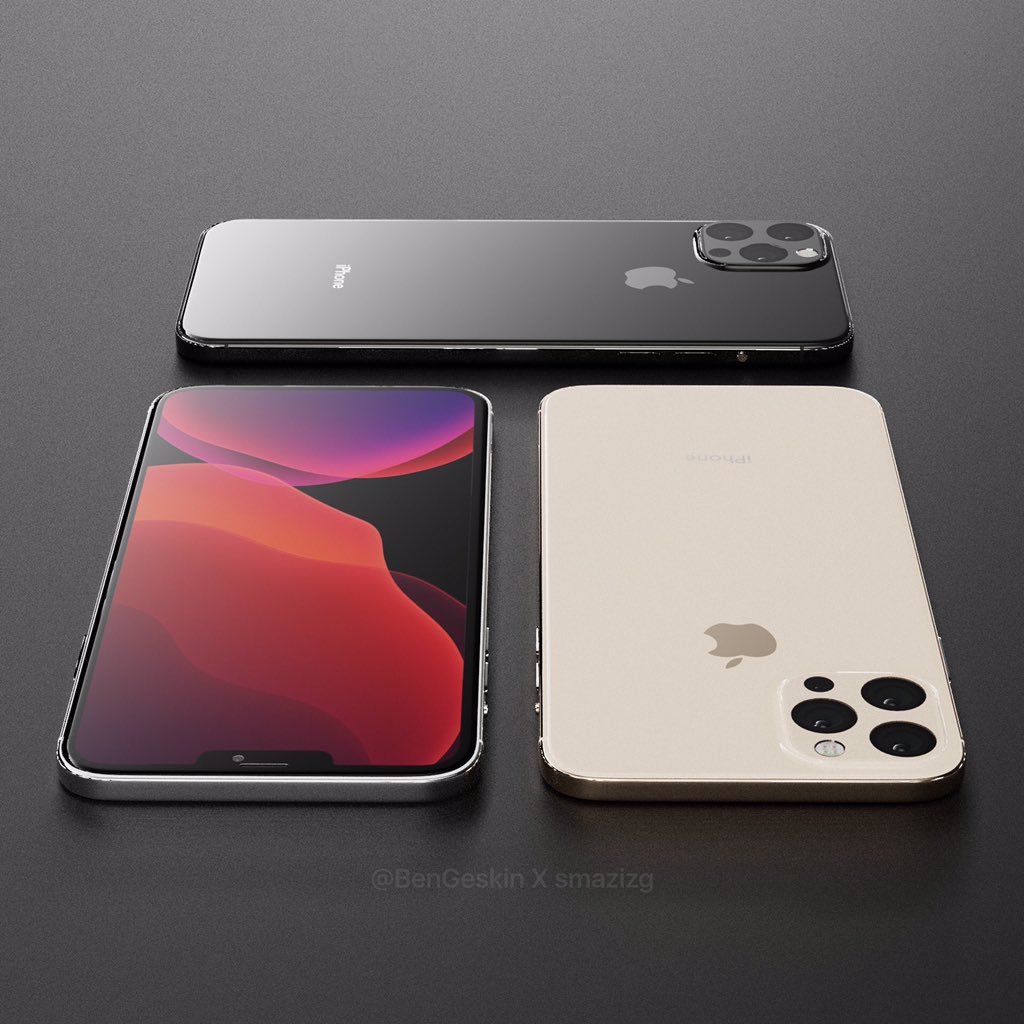
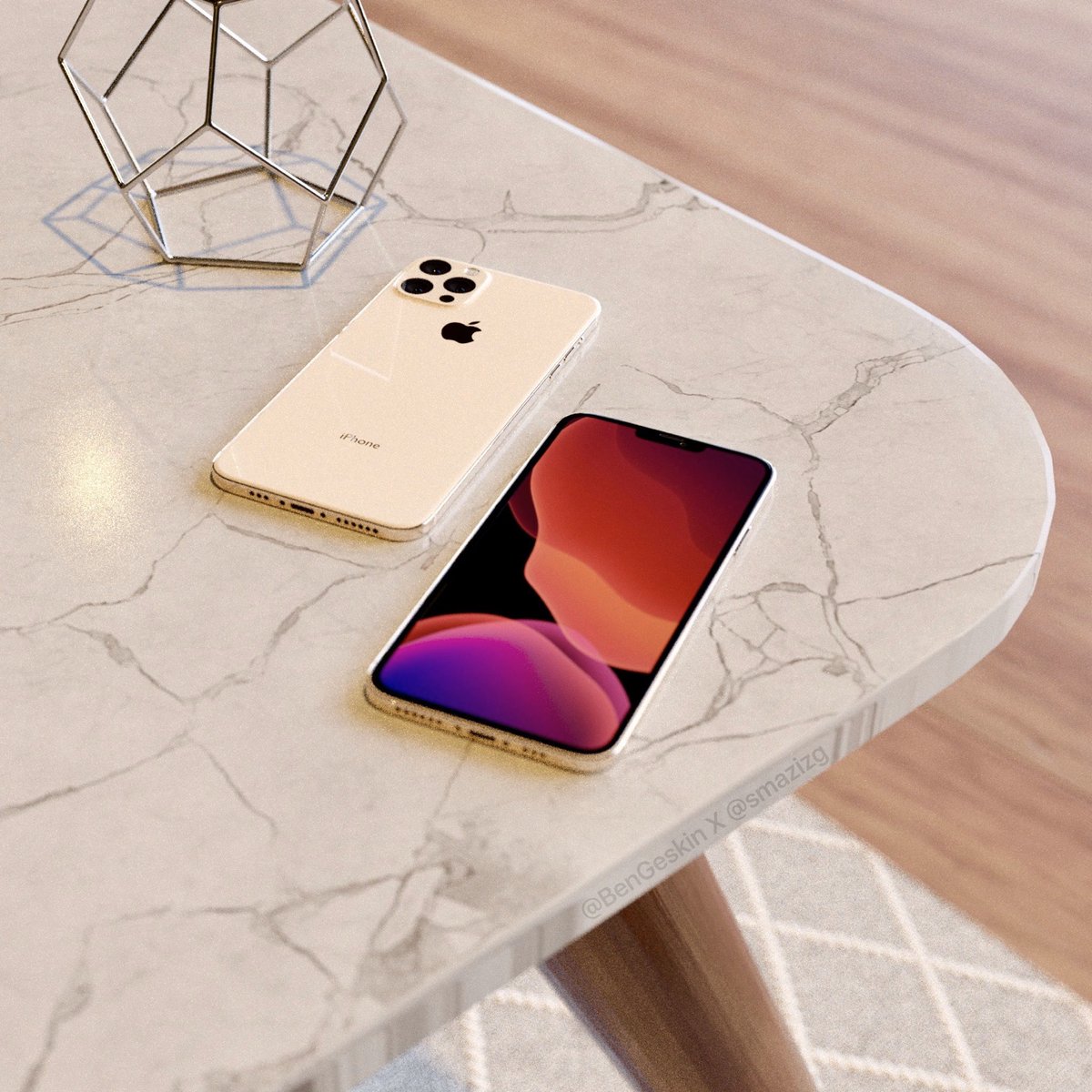
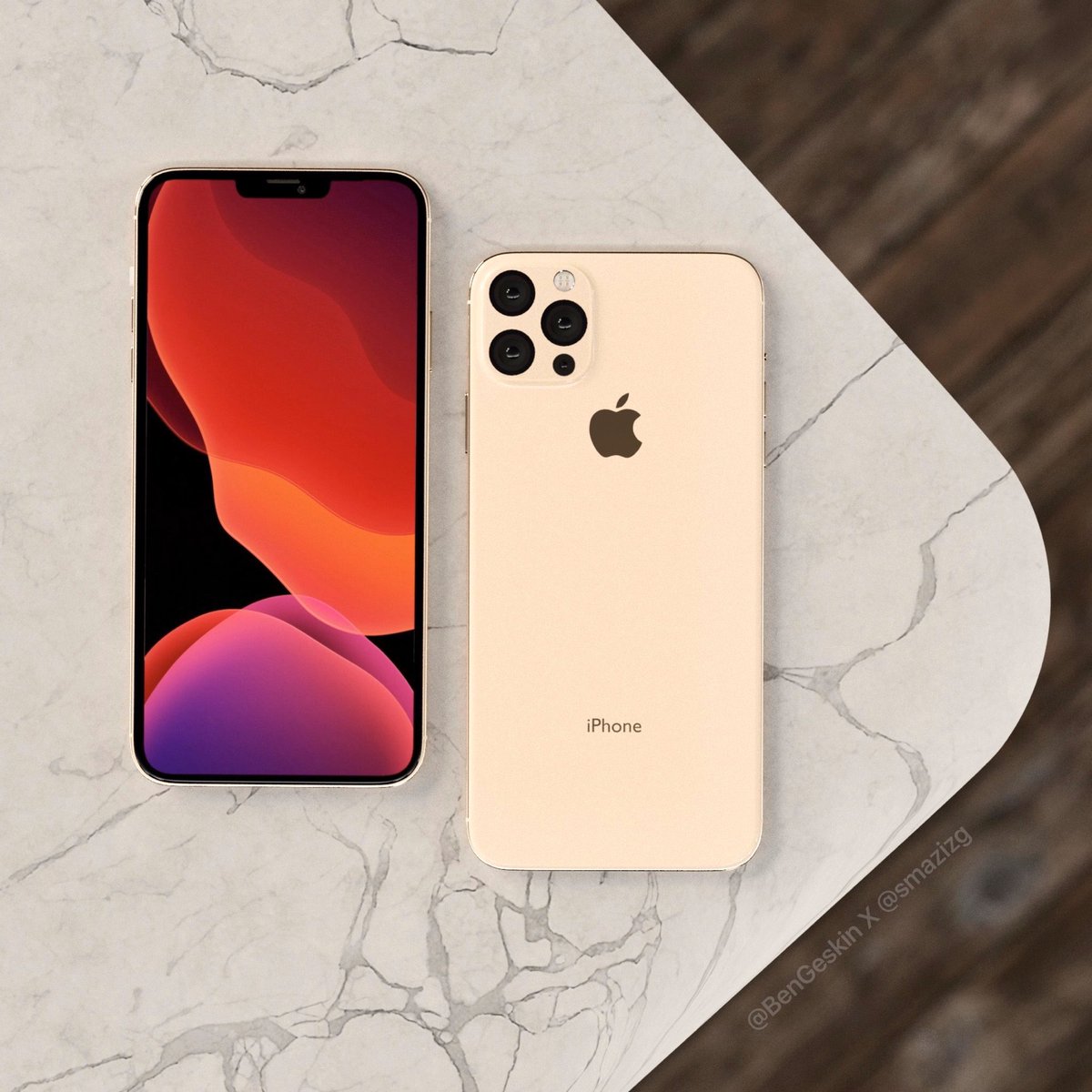


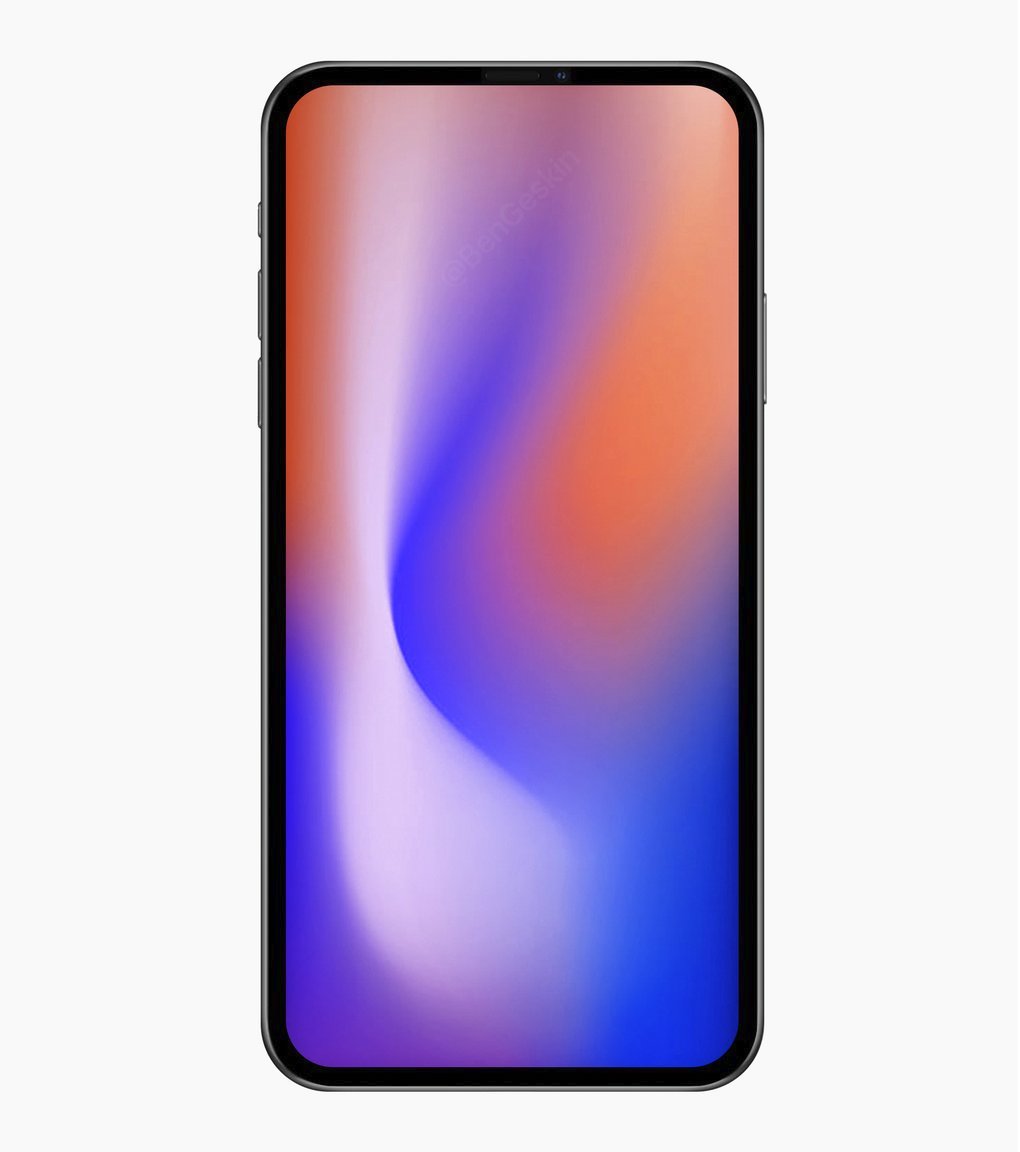
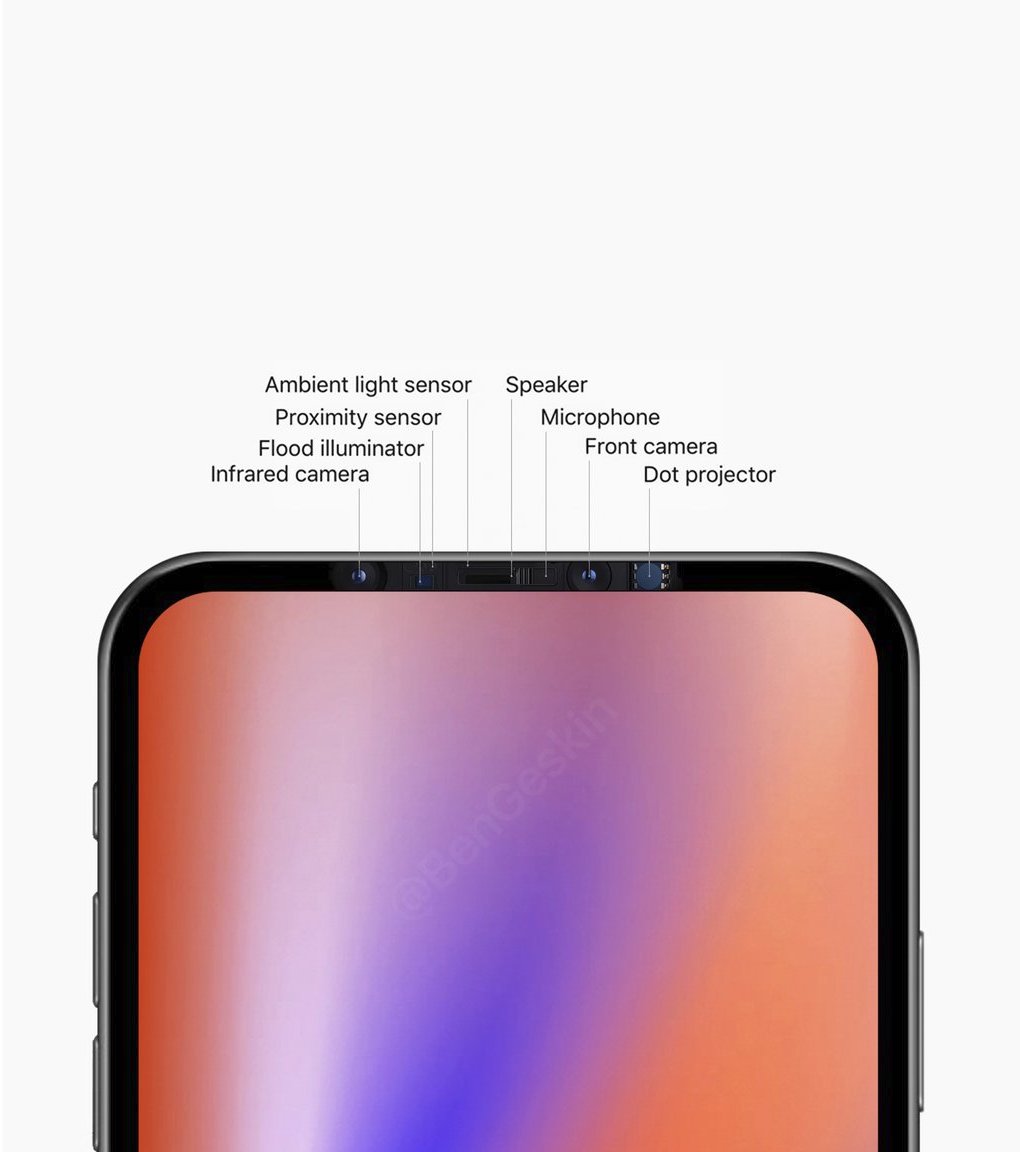
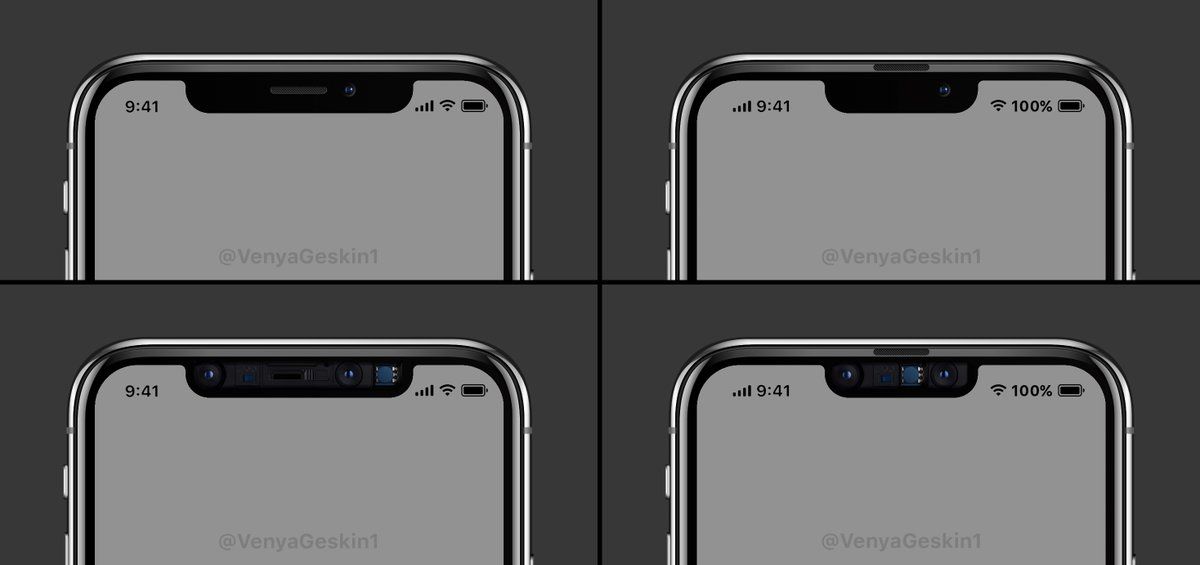
isn't anyone fantasizing a bit early?
go through the cycle :D They just don't have anything new to offer anymore... so it's probably hard for them to come up with something new every year...